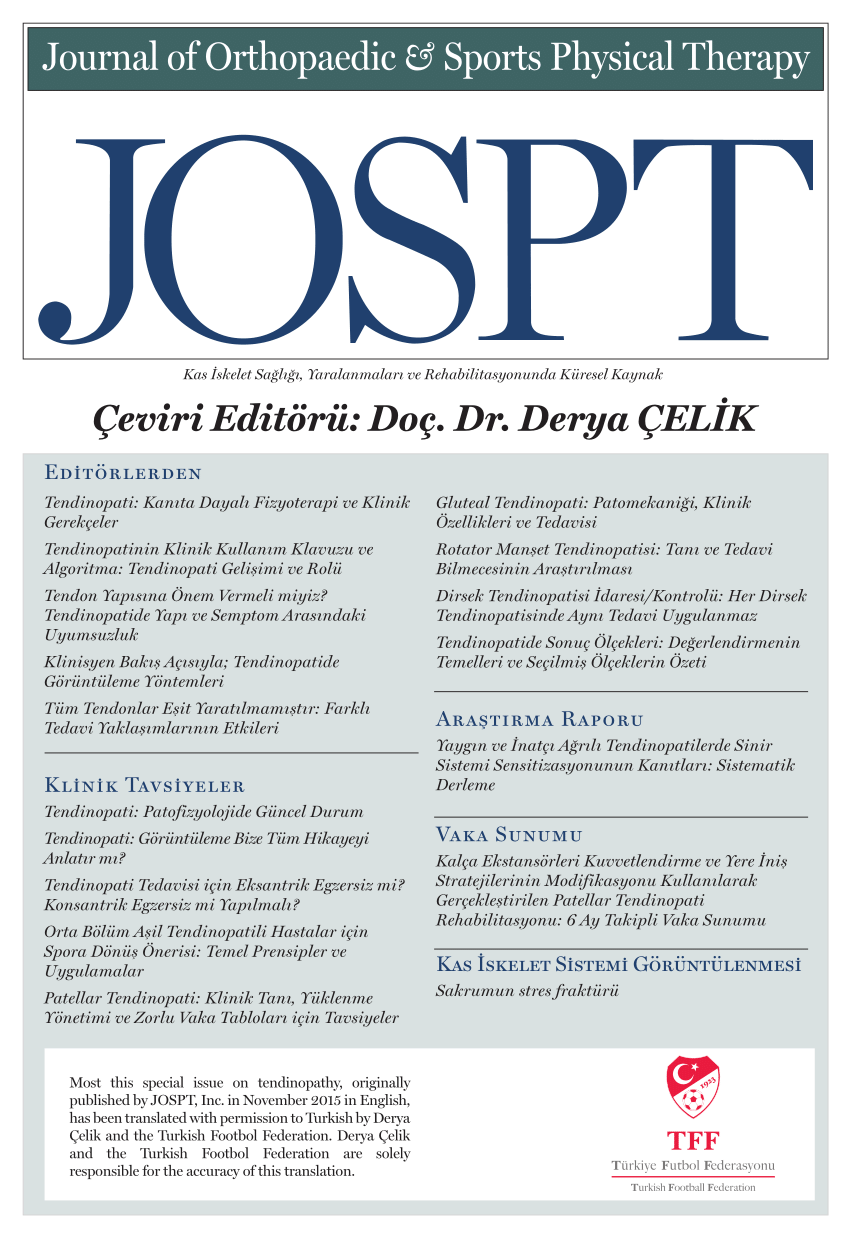
Improved short-term outcomes for mechanical neck pain with HVLA thrust manipulation

Improved short-term outcomes for mechanical neck pain with HVLA thrust manipulation
Upper cervical and upper thoracic thrust manipulation versus nonthrust mobilization in patients with mechanical neck pain: a multicenter randomized clinical trial
J Orthop Sports Phys Ther. 2012 Jan;42(1):5-18. doi: 10.2519/jospt.2012.3894. Epub 2011 Sep 30Synopsis
107 patients were randomized to receive either high-velocity low-amplitude (HVLA) thrust manipulation or non-thrust mobilization to determine which method provided improved short-term outcomes in the treatment of mechanical neck pain. Disability, pain, range of motion and motor control of the cervical flexors were assessed 48 hours post-intervention. The results indicated that HVLA thrust manipula...
To view the full content, login to your account,
or start your 30-day FREE Trial today.
FREE TRIAL
LOGIN
Forgot Password?
Explore some of our unlocked ACE Reports below!

Learn about our AI Driven
High Impact Search Feature
Our AI driven High Impact metric calculates the impact an article will have by considering both the publishing journal and the content of the article itself. Built using the latest advances in natural language processing, OE High Impact predicts an article’s future number of citations better than impact factor alone.
Continue



 LOGIN
LOGIN

Join the Conversation
Please Login or Join to leave comments.